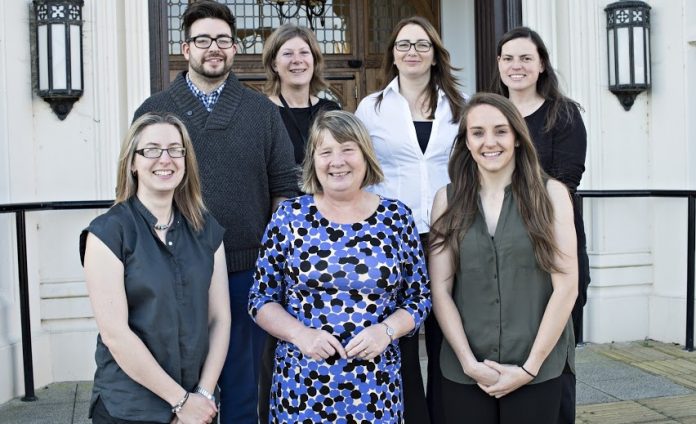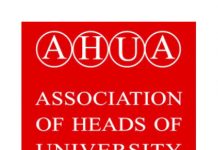Loughborough University’s THELMA-award winning change team aims to ‘walk in the shoes of the customer’ and identify where business processes can be improved. Project leader Dr Anne Mumford explains how the team’s approach has delivered more efficient services in a way that empowers staff.
Managing change is hard. In higher education it can be particularly hard due to the complexities of the processes and the critical and sceptical approach enshrined in our organisations.
Loughborough’s change management programme was launched in the autumn of 2013 with the following aims:
- Embed a common methodology and approach to change within our services and departments.
- Improve the experience of our processes by end users.
- Avoid a top-down disempowering approach that results in defensive disengagement and hence the failure of change.
The programme is facilitated by a small institutional change team, which helps to carry out process review projects within the university. We seeks to achieve the programme’s aims by:
- Reviewing current processes end-to-end from the end users perspective by (literally) following the flow of work across the institution and gathering data on the performance of those processes.
- Removing hand-offs, duplication and batching from those processes thereby simplifying them and making them more effective and efficient.
- Being inclusive and empowering those who own the processes to be the leaders in improving them.
- Having clear measures to evaluate success.
Owning the process
Our core team comprises four people with internal secondees brought in for their professional development and sometimes because they ‘own’ the process a particular project aims to improve.
We believe this helps avoid the perception of change being “done” to people and colleagues on secondment return to their permanent role better placed to support change within it.
Project priorities are agreed and launched by a project management board. Four process reviews have been completed. They include: employment of part-time teaching staff; admissions; staff recruitment; travel bookings; scholarships and bursaries.
Four more projects are close to completion and we are about to launch two major strands of work – research support and assessment and feedback. Each one has led to a better process from the end users’ perspective when compared to the objective measures established at the start of the process. The leaner, more effective processes are less wasteful.
Clean flow
As we “walk in the shoes of the customer” and gather data on the performance of our processes, we identify principles for a new “clean flow”. This “clean flow” is then piloted with real demand from the business prior to scaling up. IT is deployed to support and scale up the process rather than the process adapted to or driven by the IT.
Measures are established for each process which reflect the end user’s perspective and not the perspective of the process owner or service head.
We disseminate our method through training sessions and through an annual change academy residential where delegates from across the university (including academic colleagues) learn about process change while working on projects.
This has been really successful and the recent third annual event attracted 80 people, half from academic schools. The event gave the opportunity to look at managing change while actively working on projects and observing processes – the participants between then visited 34 different locations on campus seeing how processes are implemented on the ground.
The programme deliberately did not set a financial target for savings although a fundamental assumption was that savings would be possible as processes that better serve the end user are faster, less complex and therefore inherently less wasteful and cheaper.
Long-lasting savings
These savings are also hard to identify in savings of whole posts as the processes tend to be the result of parts of many people’s jobs. However, as we make more efficiencies in more areas, we are able to reasonably expect real savings to enable an annual efficiency target of £3.5m. The savings will also be real and long-lasting and encourage a continuous improvement approach because people involved in the process have been involved in the changes
Staff are now enabled and empowered to act on their own processes. As their confidence in doing this increases, further improvements are likely with consequential efficiencies.
The way that the projects are undertaken means that there is wide involvement from people actually working in the area being reviewed irrespective of their position in the organisation or their location of work. This has definitely improved networking and led to other changes being discussed for processes which cut across different areas of the university.
Learning Points
- There is no better way to learn about what is really happening than to get out and follow the process, shadowing and seeking information from those who do the jobs involved in the process. We cannot stress enough how valuable this is.
- Identify measures that matter to the process end-user – don’t allow one part of the process to identify measures just for their area – the end-user experiences the whole and not the parts.
Contact Information
Dr Anne Mumford, director of change projects, Loughborough University, 01509 22 2191








